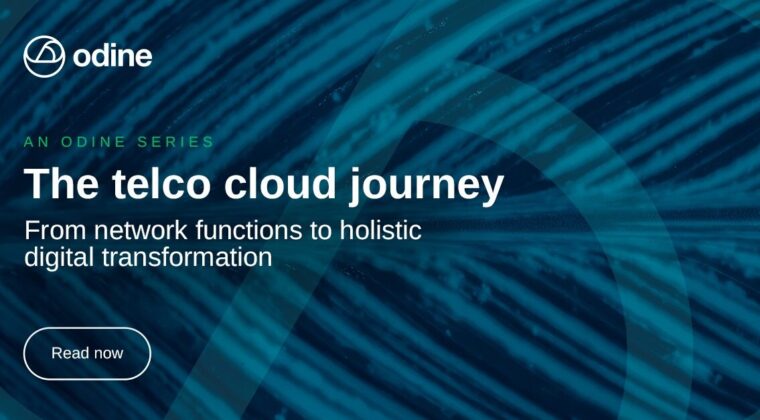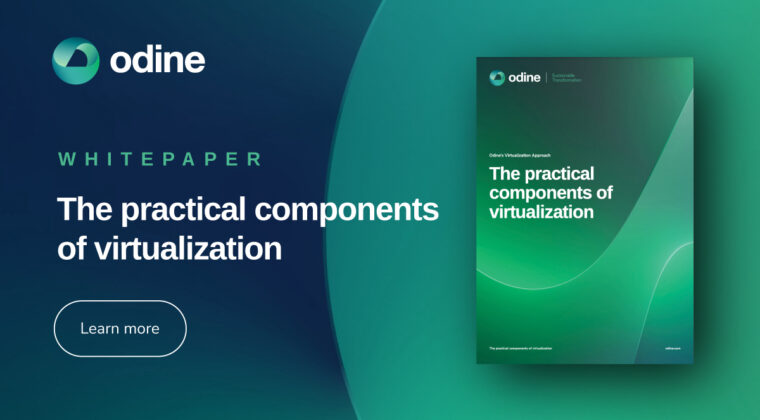Operators leveraging cloudification and/or innovative service offerings from hyperscalers are challenging legacy business models that rely on multiple vendor deployments, support services and ongoing renewals of service.
It’s not uncommon for large operators to have service-level agreements for every element of the services they offer; this includes bandwidth capacity, data center space, routing platforms, SBC and Softswitches, fraud management solutions, and billing software. By today’s standards, this is highly inefficient and represents a bloated infrastructure model which is costly, complicated and time–consuming to manage.
It also has a detrimental knock-on effect on head count. Organizations end up with more staff than necessary because each function needs to be managed disparately or manually. This lack of integration makes it difficult to streamline operations.
The amount of resources required to keep the network running quickly multiplies and drains the organization in terms of cost, time, and effort. Not only does this represent wasted resources, but resources that could have been allocated to other new initiatives and more valuable areas of the business to drive growth and revenue.
Streamlining your vendor ecosystem
Reducing vendor count and unifying your network architecture supports more cost-effective and elevated service delivery. Leveraging best of breed consolidation enables telcos to reduce the complexity of their network, making management simpler and reducing the time spent on administrative tasks like renewals and negotiations.
If they want to compete and stay relevant, telcos must therefore take control of their vendor relationships and vendor sprawl.
Odine can support you to streamline your vendors, systems, and solutions, and reduce your resource waste – so you can focus on transformation and the best possible service delivery.
This is our fourth piece in a series discussing the key priorities every operator should have on their journey towards transformation.
















